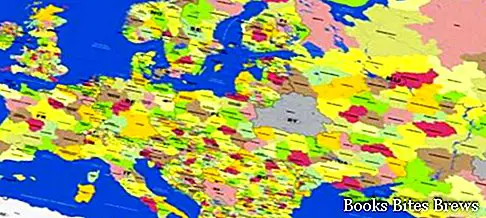Inquiring about the geography of tourism in Europe is very important if you want to travel informed between the states of this ancient continent.
Travel informed in Europe
Europe is part of the Eurasian continent and the borders that separate it from Asia are marked by the Ural mountains, the Ural river, the Caspian sea and the Caucasus mountains.
The geographical extremes are to the north the North Cape located in Norway, to the south Punta de Tarifa which is located near Gibraltar in southern Spain, to the west the Cabo da Roca in Portugal and to the east the slopes of the Urals to the north-east of European Russia.
The top 20 cities by population in Europe and where to book last minute travel and hotel deals are Moscow, Istanbul, London, St. Petersburg, Rome, Berlin, Madrid, Kiev, Paris, Baku, Bucharest, Warsaw, Hamburg, Budapest, Vienna, Barcelona, Kharkiv, Prague, Monaco and Nizhny Novgorod.
For those who want to travel in Europe it must be said that tourism is certainly one of the best developed sectors in the economy of the continent, with a wide choice of nations and destinations that include cities with monuments and works of art, natural landscapes, amusement parks, seaside and mountain resorts.
Europe includes the 49 independent states including Austria, Belgium, Croatia, Denmark, Finland, France, Germany, Greece, Ireland, Iceland, Italy, Luxembourg, Norway, the Netherlands, Poland, Portugal, the United Kingdom, the Czech Republic, Romania , Russia, Slovenia, Spain, Sweden, Switzerland, Turkey and Hungary.




